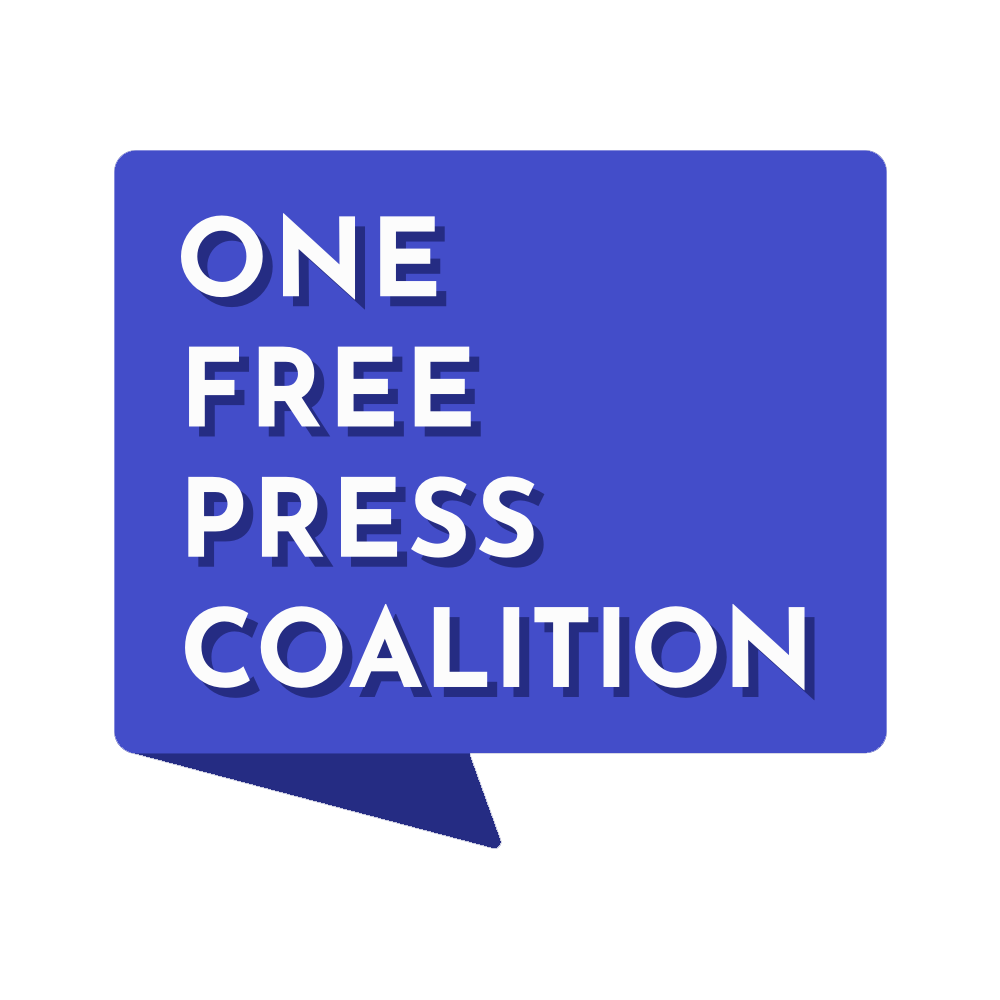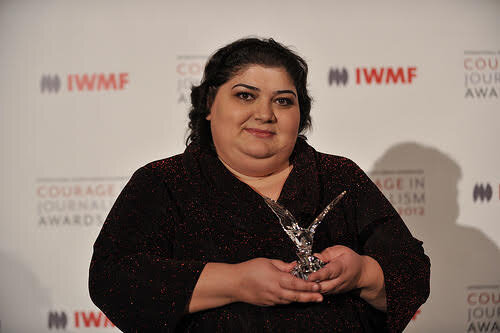In conjunction with The International Day to End Impunity, November 2, the One Free Press Coalition is highlighting cases of journalists murdered around the world, where those responsible for their murder have still not been held to account. There is impunity in 81% of journalist murders during the last 10 years, according to CPJ’s 2021 Global Impunity Index.
1. Roohollah Zam (Iran)
Iranian authorities executed journalist Zam by hanging in December of 2020 after sentencing him to death on anti-state charges for his coverage of 2017 protests. Intelligence agents of the Islamic Revolutionary Guards Corps (IRGC) lured Zam out of exile to Iraq, where he was abducted in 2019, and taken to Iran.
2. Tara Singh Hayer (Canada)
Regina Martínez Pérez (Credit Revista Proceso)
Hayer, publisher of Indo-Canadian Times, Canada’s largest and oldest Punjabi weekly, was shot dead in his home garage in Vancouver in 1998. Ten years prior, he had been partially paralyzed and confined to a wheelchair after an assassination attempt. In the months prior, Hayer let the police know he had received multiple threats.
3. Valério Luiz de Oliveira (Brazil)
The sports journalist and commentator at Radio Jornal was killed in July 2012 after being shot four times by an unidentified gunman on a motorcycle. The trials for the suspected perpetrators have been repeatedly delayed and were suspended in 2020, with no future court dates set.
4. Regina Martínez Pérez (Mexico)
Nikolai Andrushchenko (Credit Denis Usov)
Martínez, a veteran reporter at national magazine Proceso, known for her in-depth reporting on drug cartels and the links between organized crime and government officials, was killed in 2012 after covering several high-profile arrests. A 2021 report from A Safer World For The Truth found strong indications for obstruction of justice by local authorities in her case.
5. Nikolai Andrushchenko (Russia)
Veteran journalist Andrushchenko died in 2017 related to injuries sustained in a beating from unknown assailants, and there has been little progress in the investigation. He was known for his criticism of President Vladimir Putin and his investigative reports alleging corruption and human rights abuses. He had suffered similar attacks in the past.
6. Sardasht Osman (Iraq)
Osman, a contributor to multiple independent news sites, was found shot to death in 2010. Prior to his murder, he had received threatening phone calls telling him to stop writing about the Kurdistan Regional Government. Authorities claim he was killed by a member of extremist group Ansar al-Islam; however, CPJ and other press groups have said the report lacked credibility.
Ahmed Divela (Credit Tiger Eye Private Investigations)
7. Ahmed Hussein-Suale Divela (Ghana)
Divela, a member of the investigative journalism outlet Tiger Eye Private Investigations, where he reported on issues such as sports, corruption and human rights, was shot by two unidentified men on a motorcycle in 2019. Divela had told CPJ in 2018 that people had attempted to attack him and that he feared for his life after a politician made comments about him on TV.
8. Sisay Fida (Ethiopia)
Sisay, a coordinator and reporter with the Oromia Broadcasting Network, was walking home from a wedding when he was shot and killed in May this year. There has been little progress in his case, and colleagues believe he was murdered in retaliation for his reporting.
9. Gauri Lankesh (India)
Unidentified assailants shot and killed Lankesh outside her home in Bangalore in 2017, as she returned from work. Lankesh published and edited Gauri Lankesh Patrike, a Kannada-language weekly tabloid known for its criticism of right-wing extremism and the establishment. While arrests have been made of those suspected to have ties to her killing, impunity remains.
10. Sagal Salad Osman (Somalia)
A university student and producer of a children’s program on state-run Radio Mogadishu, Osman was killed in 2016. She was leaving campus when three gunmen shot her in the head. Somalia ranks worst among countries for impunity in cases of journalist murders.








